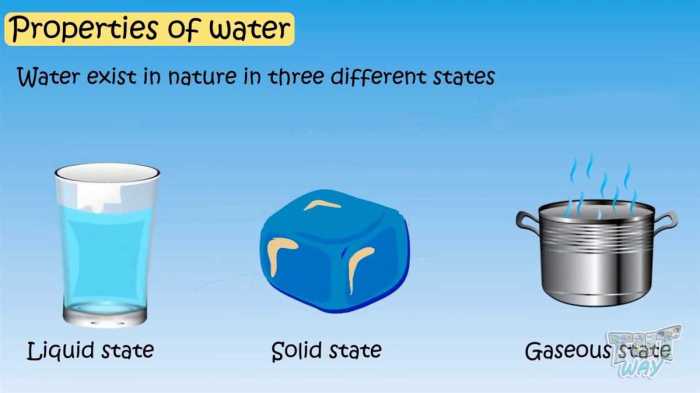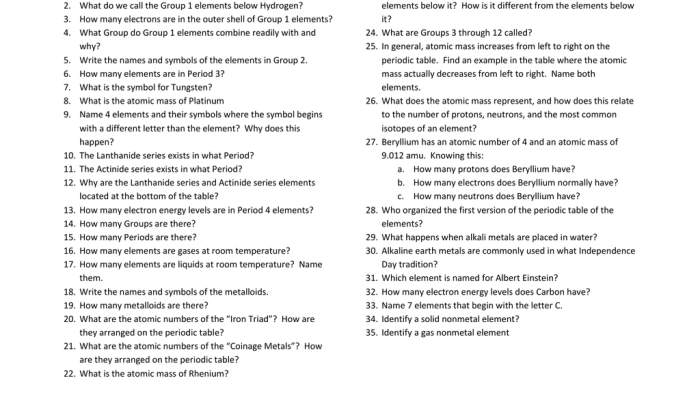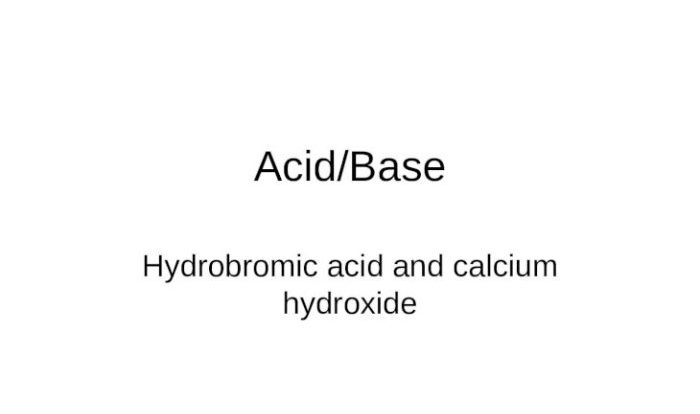Embark on a captivating journey into the realm of water’s properties with our comprehensive Properties of Water Webquest Answer Key. Delve into the intricacies of water’s molecular structure, exploring its polarity, hydrogen bonding, and their profound impact on its unique characteristics.
Prepare to be amazed as we unravel the secrets of cohesion, adhesion, surface tension, and specific heat capacity, revealing the remarkable versatility of this life-sustaining liquid.
Uncover the fascinating interplay between water’s polarity and its ability to dissolve a myriad of substances, delving into the concepts of acid-base properties and the role of water as a universal solvent. Our meticulously crafted answer key provides a treasure trove of knowledge, empowering you to comprehend the intricate nature of water and its profound influence on our world.
Properties of Water

Water, the elixir of life, possesses unique properties that make it essential for sustaining life on Earth. Its molecular structure, hydrogen bonding, and polarity contribute to its exceptional characteristics.
Polarity of Water Molecules
Water molecules are polar, meaning they have a positive end (hydrogen atoms) and a negative end (oxygen atom). This polarity enables water to interact with other polar molecules, forming hydrogen bonds.
Hydrogen Bonding
Hydrogen bonding is a weak electrostatic attraction between a hydrogen atom bonded to an electronegative atom (such as oxygen) and another electronegative atom. In water, hydrogen bonding occurs between the hydrogen atoms of one molecule and the oxygen atom of another.
- Hydrogen bonding is responsible for water’s high surface tension, specific heat capacity, and boiling point.
- It also contributes to water’s ability to dissolve many substances, making it a universal solvent.
Cohesion and Adhesion
Cohesion is the attraction between water molecules, while adhesion is the attraction between water molecules and other substances.
Cohesion
- Cohesion is responsible for water’s ability to form droplets and maintain its shape.
- It also contributes to water’s high surface tension and capillary action.
Adhesion
- Adhesion is responsible for water’s ability to wet surfaces and climb up narrow tubes (capillary action).
- It also plays a role in the absorption of water by plants.
Surface Tension
Surface tension is the energy required to increase the surface area of a liquid. Water has a high surface tension due to the strong cohesive forces between its molecules.
Surface tension is responsible for:
- The formation of water droplets
- Capillary action
- The ability of insects to walk on water
Specific Heat Capacity
Specific heat capacity is the amount of heat energy required to raise the temperature of one gram of a substance by one degree Celsius. Water has a high specific heat capacity, meaning it takes a lot of heat energy to raise its temperature.
This property makes water an excellent coolant and heat reservoir.
- Water absorbs heat from the surroundings when its temperature is raised, cooling the environment.
- Water releases heat to the surroundings when its temperature is lowered, warming the environment.
Density and Buoyancy
Density is the mass of a substance per unit volume. Water has a density of 1 gram per cubic centimeter at 4 degrees Celsius.
Buoyancy is the upward force exerted by a fluid that opposes the weight of a partially or fully immersed object. The greater the density of the fluid, the greater the buoyancy force.
- Objects less dense than water float because the buoyancy force is greater than their weight.
- Objects denser than water sink because their weight is greater than the buoyancy force.
Solvent Properties
Water is a universal solvent because it can dissolve a wide range of substances. This property is due to the polarity of water molecules.
Polar substances, such as salt and sugar, dissolve in water because they can form hydrogen bonds with water molecules.
Nonpolar substances, such as oil and grease, do not dissolve in water because they cannot form hydrogen bonds.
Acid-Base Properties, Properties of water webquest answer key
Water is a neutral substance with a pH of 7. However, it can act as both an acid and a base.
When water donates a proton (H+), it acts as an acid. When water accepts a proton (H+), it acts as a base.
The autoionization of water is the process by which water molecules donate and accept protons, forming hydronium ions (H3O+) and hydroxide ions (OH-).
Expert Answers: Properties Of Water Webquest Answer Key
What is the significance of water’s polarity?
Water’s polarity, resulting from the uneven distribution of electrons, plays a crucial role in its unique properties, enabling it to dissolve a wide range of substances and participate in various chemical reactions.
How does hydrogen bonding contribute to water’s properties?
Hydrogen bonding, the attractive force between water molecules, significantly influences its physical and chemical properties, contributing to its high surface tension, specific heat capacity, and ability to act as a universal solvent.
What is the relationship between surface tension and cohesion in water?
Surface tension, the force that causes the surface of water to behave like a stretched elastic membrane, is directly related to water’s cohesive properties, which arise from the strong attraction between water molecules.
Why is water’s high specific heat capacity important?
Water’s high specific heat capacity, the amount of heat required to raise its temperature by one degree Celsius, plays a vital role in regulating the Earth’s temperature and providing a stable environment for life.
How does water’s density vary with temperature?
Water’s density, the mass per unit volume, exhibits an unusual behavior as it decreases with increasing temperature, reaching a maximum density at 4 degrees Celsius. This property has significant implications for aquatic ecosystems and ocean currents.




